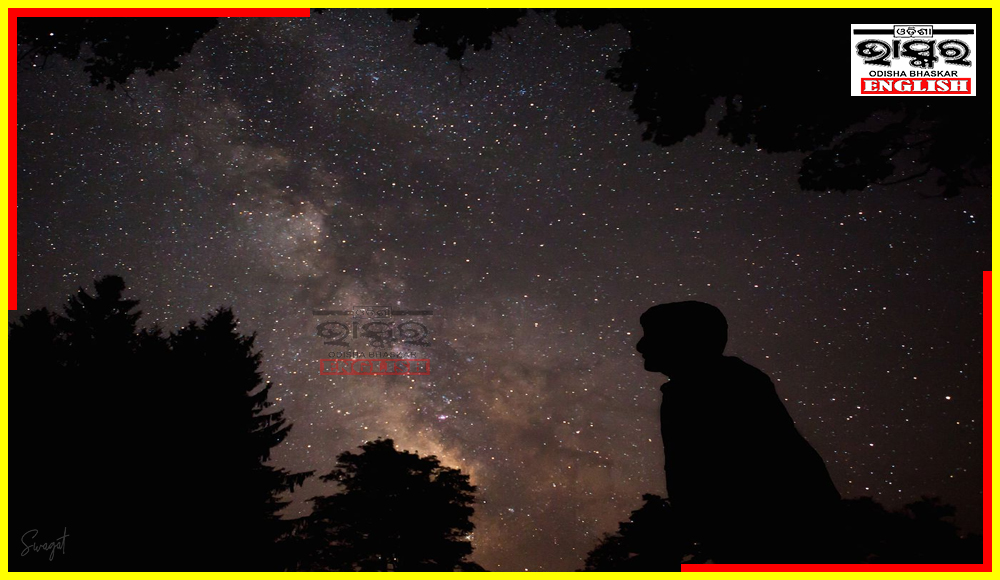Scientists have warned that light pollution could eradicate the visibility of stars in the night sky within 20 years. The increasing use of bright light-emitting diodes (LEDs) and other forms of lighting is contributing to the rapid deterioration of conditions.
Renowned astronomer Martin Rees emphasizes the significance of the night sky as part of our environment, comparing its loss to the deprivation of witnessing a bird’s nest. He stresses that measures to mitigate light pollution are crucial for preserving this natural wonder.
Possible solutions to combat light pollution include directing lights downward, reducing brightness, and incorporating red and orange components. These measures can significantly improve the quality of the night sky and reduce the negative impact of artificial lighting.
LED lighting’s lack of red and near-infrared light raises concerns about potential health implications. Studies suggest that red light plays a role in vital bodily functions, such as sugar metabolism and melatonin production. The absence of this spectrum in artificial lighting may contribute to health issues such as obesity and diabetes.
Light pollution not only affects human health but also has adverse effects on wildlife. Sea turtles and migrating birds, for example, rely on moonlight for navigation, which is disrupted by excessive artificial lighting. Additionally, darker nights provide cover for criminal activities, posing risks to human safety.
Preserving the night sky requires taking action to reduce light pollution and prioritize appropriate lighting practices. By implementing measures such as downward-facing lights, reduced intensity, and the inclusion of red and orange components, we can protect the beauty of the night sky while minimizing the negative consequences associated with artificial lighting.




Comments are closed.